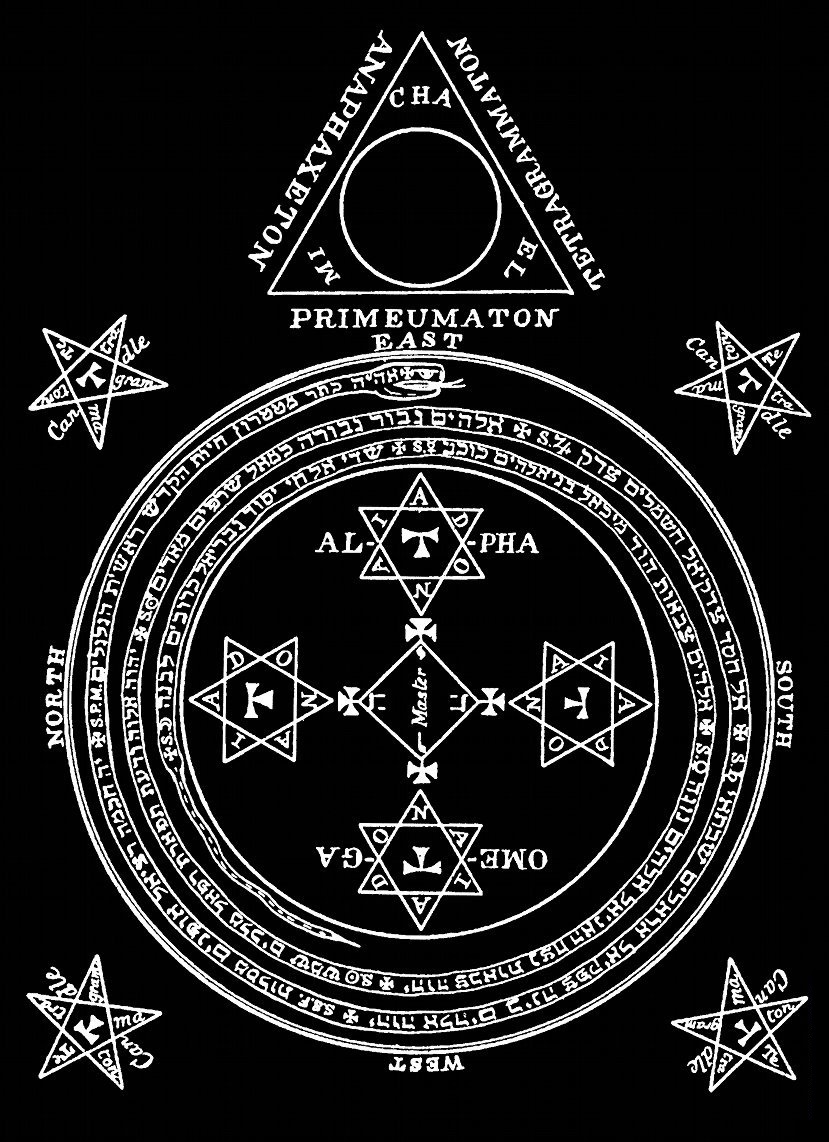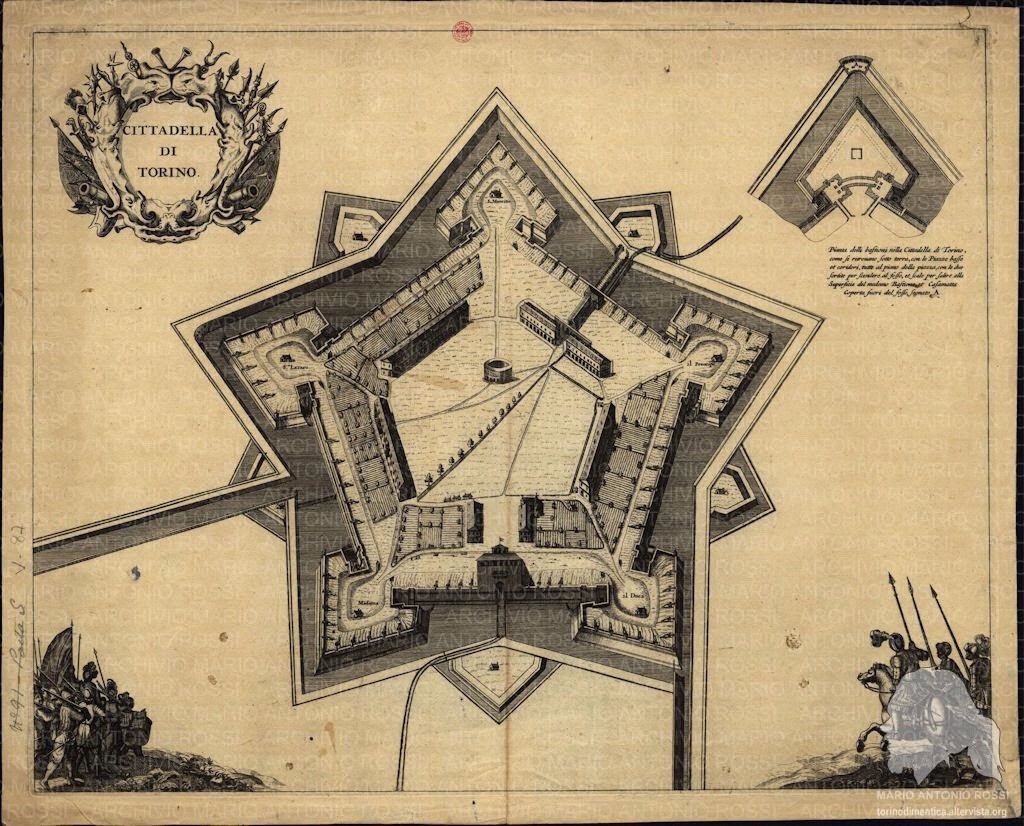Ars Notoria Portuguese
As long as humanity has had beliefs in a higher power, the use of magic, spells, curses, and incantations have featured widely across cultures. A number of influential texts or ‘grimoires’ (textbooks of magic) were developed over the centuries, many of which became the books of choice for secret societies and occult organizations that endured well into the twentieth century. Here we feature five manuscripts that provide a fascinating window into the magic of the ancients.
The Notory Art of Shorthand (Ars notoria notarie): A Curious Chapter in the History of Writing in the West, introd., ed., and trans. John Haines, Dallas Medieval Texts and Translations 20 (Paris, Leuven, and Walpole, Mass.: Peeters, 2014). ISBN 978-90-429-3068-1. 45.00 [euro]. The Ars notoria occupies a position.
The Book of Abramelin the Mage, Esoteric Grimoire of Kabbalistic Knowledge
The Book of Abramelin the Mage was written as an epistolary novel or autobiography of a person known as Abraham of Worms. Abraham was a German Jew believed to have lived between the 14 th and 15 th centuries. The Book of Abramelin the Mage involves the passing of Abraham’s magical and Kabbalistic knowledge to his son, Lamech, and relates the story of how he first acquired such knowledge.
Abraham begins his narration with the death of his father, who gave him ‘signs and instructions concerning the way in which it is necessary to acquire the Holy Qabalah’ shortly before his death. Desiring to acquire this wisdom, Abraham said he travelled to Mayence (Mainz) to study under a Rabbi, called Moses. Abraham studied under Moses for four years before travelling for the next six years of his life, eventually reaching Egypt.
It was in Egypt that Abraham met Abramelin the Mage, an Egyptian mage who was living in the desert outside an Egyptian town called Arachi or Araki. Abramelin is said to have then taught Abraham his Kabbalistic magic and gave him two manuscripts to copy from. Pne of the highlights of this grimoire is an elaborate ritual known as the ‘Abramelin Operation’, which is said to enable a mage to gain the ‘knowledge and conversation’ of his/her ‘guardian angel’ and to blind demons. The manuscript was later used in occult organizations such as Hermetic Order of the Golden Dawn and Aleister Crowley’s mystical system of Thelema.
The Ars Notoria - An Ancient Magical Book to Perfect Memory and Master Academia
As part of a larger collection known as the Lesser Keys of Solomon, the Ars Notoria is a book that is said to allow followers a mastery of academia, giving them greater eloquence, a perfect memory, and wisdom. The Ars Notoria is one of five books within a grimoire called the Lesser Keys of Solomon, an anonymous text that was compiled from other works in the 17th century, and focuses on demonology.
The Ars Notoria is the oldest portion of the Lesser of the Keys grimoire, dating back to the 13th century. However, the texts contained within are a collection of orations, prayers, and magical words which date back to well before the 1200s. The prayers are in several languages, including Hebrew, Greek, and Latin. It was not a book of spells or potions, but a book of prayers and orations that are said to strengthen and focus one’s mental powers, by beseeching god for intellectual gifts. Among these intellectual gifts is the concept of a “perfect memory.”

Those who practice liberal arts, such as arithmetic, geometry, and philosophy, are promised a mastery of their subject if they devote themselves to the Ars Notoria. Within, it describes a daily process of visualization, contemplation, and orations, intended to enhance the practitioner’s focus and memory.
Devils, Demons, and Dangerous Creatures of the Pseudomonarchia Daemonum
Pseudomonarchia Daemonum, also known as the False Hierarchy of Demons, is a great compendium from the 16th century dictating the names of sixty-nine demons. The list initially appeared as an appendix to a book about demonology and witchcraft by Johann Weyer. The son of a civic service merchant, Johann Weyer was a Dutch doctor and occult practitioner born in the Netherlands in 1515. Well versed in Latin from a young age, Weyer quickly became a student of Heinrich Cornelius Agrippa, a famous magician, theologian, and occultist in Antwerp.
It appears that Weyer's fascination with magic began while working under Agippa, but later escalated after he became a doctor in his own right: he was summoned to a particular fortune teller's court case and thereby asked by the judge for advice on the topic. This court case started his interest in researching the witchcraft way of life, culminating with his decision to attempt to defend those who were accused of practicing. Twenty-seven years after this case, when Weyer was sixty-two years old, he published Pseudomonarchia Daemonum.
Weyer’s work claims that while demons and the monsters from hell could have illusionist power over people, the affected people were not witches on trial—the 'mentally ill', as Weyer stated—but rather the magicians who played tricks on common folk for an easy coin. Weyer's intention was to create a creed to vet out the accused who were, in fact, innocent. How helpful Weyer's efforts for the accused witches were remains unseen, yet there is evidence that his pleas for their mercy went predominately ignored.
Picatrix: The Ancient Arabian Book of Astrology and Occult Magic

The Picatrix is an ancient Arabian book of astrology and occult magic dating back to the 10th or 11th century, which has gained notoriety for the obscene nature of its magical recipes. The Picatrix, with its cryptic astrological descriptions and spells covering almost every conceivable wish or desire, has been translated and used by many cultures over the centuries, and continues to fascinate occult followers from around the world.
The Picatrix was originally written in Arabic, titled Ghāyat al-Ḥakīm, which translates to “The Aim of the Sage' or 'The Goal of the Wise.” Most scholars believe it originated in the 11th century, although there are well-supported arguments that date it to the 10th. Eventually, the Arabic writings were translated into Spanish, and later into Latin in 1256 for the Castilian king Alfonso the Wise. At this time it took on the Latin title Picatrix.
The text is composed of both magic and astrology. One element that has contributed to the notoriety of the Picatrix is the obscene nature of its magical recipes. The gruesome concoctions are intended to alter one’s state of consciousness, and may lead to out-of-body experiences, or even death. Ingredients include: blood, bodily excretions, brain matter mixed with copious amounts of hashish, opium, and psychoactive plants. For example, the spell for “Generating Enmity and Discord” reads:
Ars Notoria Pdf Espanol
“Take four ounces of the blood of a black dog, two ounces each of pig blood and brains, and one ounce of donkey brains. Mix all this together until well blended. When you give this medicine to someone in food or drink, he will hate you.”
Arbatel: The Magic of the Ancients – An Occult Grimoire with a Positive Message
The Arbatel de magia veterum (Arbatel: Of the Magic of the Ancients) is a Renaissance-period grimoire – a textbook of magic – and one of the most influential works of its kind. Unlike some other occult manuscripts that contain dark magic and malicious spells, the Arbatel contains spiritual advice and guidance on how to live an honest and honorable life.
The Arbatel is claimed to have been written in 1575 AD. The author remains unknown, although it has been speculated that it was written by a man named Jacques Gohory, a Paracelsian (a group who believed in and followed the medical theories and therapies of Paracelsus).
The focus of the Arbatel is on nature, and the natural relationships between humanity and a celestial hierarchy. It centers on the positive relationships between the celestial world and humans, and the interactions between the two. The Arbatel was an extremely influential work for its time.
Featured image: Person holding an ancient grimoire. (abovetopsecret.com)
By April Holloway
The Ars Notoria is designed as an initiatory system into the other Lemegeton books, the most popular being the Ars Goetia. The book is a grimoire unlike any other, as it is solely comprised of prayers and orations which are equally complex and elaborate as the Goetia ritual itself. Unfortunately, that does not mean the orations are organized or in order, which is why I've created this guide. The first part of the book concerns the 'general figures' which must be completed before mastering a specific art, of which the other figures cover. The general figures are intended to give you eloquence, understanding, and memory.
I recommend only mastering one series of orations because they are long and will take up an hour of your time per day and its best just to focus on one. For our purposes of evoking spirits we may choose theology.
Before beginning you must fast for fifteen days and begin at the new moon. You will say the Queen of Tongues once as the first oration.
The next day you will want to say the First Figure, which is comprised of the Golden Flowers first. Here, you say the Theos Megale Exposition in the morning and directly following that, the Theos Megale. After that you must say the Holy Scemath. That is what you have to do every morning an oration is said.
Ars Notoria Pdf
Next in the First Figure is the Lunations, which are to be said in the fourth, eighth, twelfth, sixteenth, twenty-fourth, twenty-eighth, and again second days of the moon. You only have to pray during these eight days, but the book says it may be beneficial to pray every three days (however, I've done this, and I'm not joking they take a lot of time). Of the Lunations are the First Speculum and the Second and Third Speculum (considered one).

In the Second Figure are the Notes of Memory, the first of which is the Queen of Tongues (which we said once and don't have to worry about again after that), the Prologue, and the Note of Memory. These are to be said after the preparatory prayers.
In the Third Figure are first the precepts, which are the Precept Oration Beginning and the Precept Oration. Next is whatever note you have chosen to master. For example, I will give the Note of Theology. It starts with the Beginning Oration, moves to the Greek names, the Division of Oration, the Second Part, the Commemoration, Third Oration, Fourth Oration, and Fifth Oration.
There are certain zodiac signs one must perform the Ars Notoria in depending on the note you choose. For theology, it is beneficial (but not essential) to do it in a Fiery sign. The Fourth Figure contains the Grand Oration, the finale, where is said the Confession of the Heart and Mouth, the Expositon, the Holy Oration, and the Epilogue.
Hopefully that cleared up the order in which the orations are to be said and shed some light on how to actually use this underrated but effective grimoire. Here is an outline of what I just said, so you can follow along with the book easier:
I. First Figure
II. Second Figure
III. Third Figure
IV. Fourth Figure